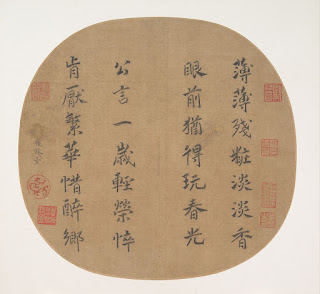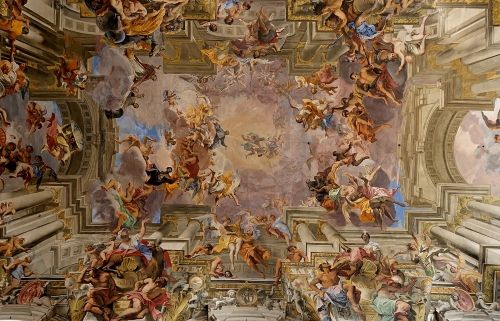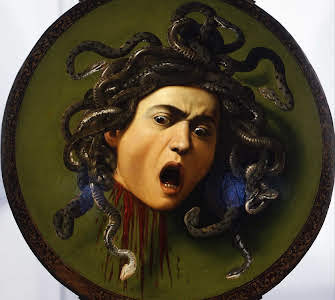Non Western Blog Exhibit

Non-Western Blog Exhibit: Chinese Calligraphy This week, I really wanted to do Alaskan artist but I decided to go with various Chinese Calligraphy artists. If you don't know what calligraphy it's the art of writing, was the visual art form prized above all others in traditional China. The genres of painting and calligraphy emerged simultaneously, sharing identical tools—namely, brush and ink. Yet calligraphy was revered as a fine art long before painting ; indeed, it was not until the Song dynasty , when painting became closely allied with calligraphy in aim, form, and technique, that painting shed its status as a mere craft and joined the higher ranks of the fine arts. The elevated status of calligraphy reflects the importance of the word in China. This was a culture devoted to the power of the word. From the beginning, emperors asserted their authority for posterity as well as for the present by engraving their own pronounceme...




